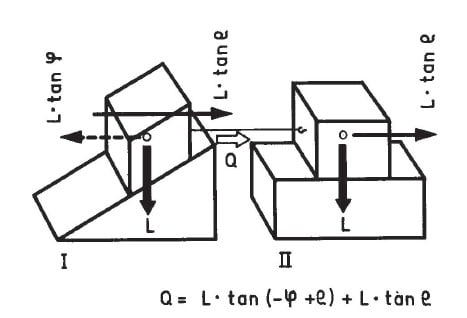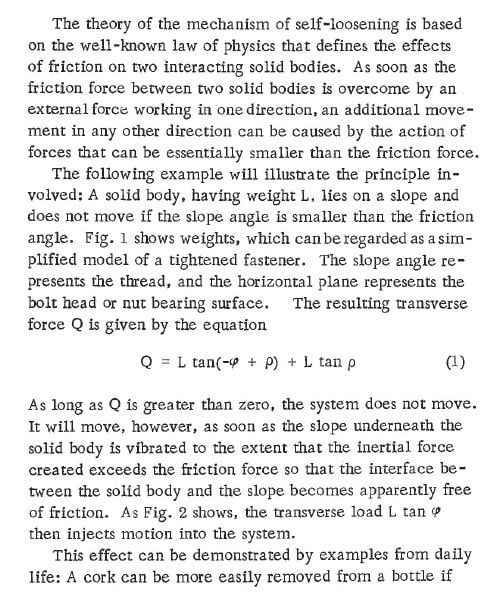kbad
Mechanical
- Jun 18, 2021
- 3
Can you help me to understand how the first equation in the paper 'New Criteria for Self-Loosening of Fasteners Under Vibration' by GH Junker, 1969 is derived? I'm not able to understand the mathematical and mechanics formulation as I tried to derive the same equation by myself.
Please refer to below images for reference to the equations and the text in the paper.


Please refer to below images for reference to the equations and the text in the paper.


